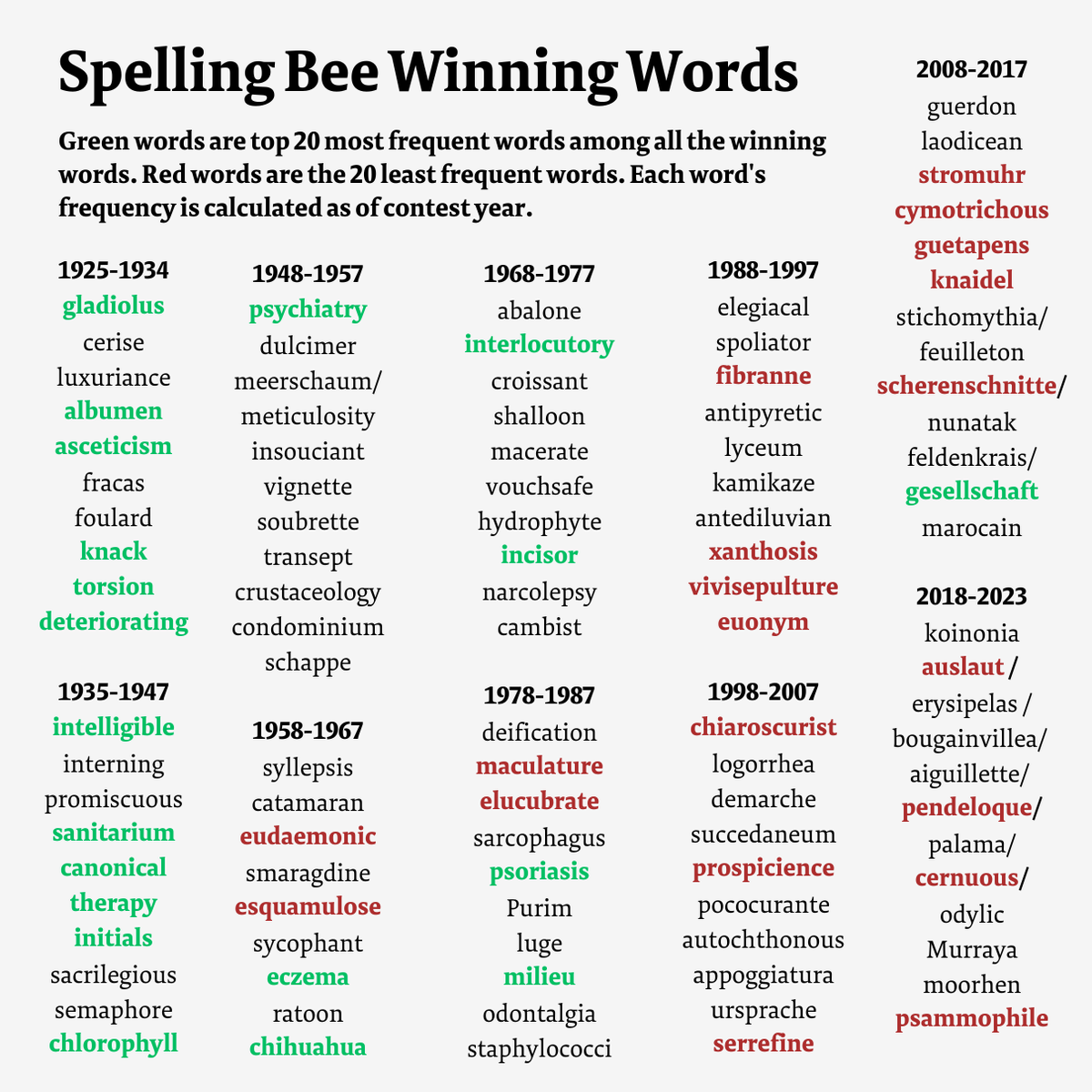The Reality Of AI Thinking: Less Intelligent Than You Might Think

Table of Contents
AI's Lack of True Understanding and Reasoning
While AI systems can achieve remarkable feats, their "thinking" is fundamentally different from human cognition. AI primarily relies on pattern recognition and statistical analysis, not genuine comprehension. This means AI excels at identifying correlations in massive datasets but struggles with true understanding and reasoning. Consider these limitations:
- Inability to grasp nuanced contexts: AI often fails to understand sarcasm, metaphors, or subtle shifts in meaning. A simple joke might confuse a sophisticated AI model because it lacks the underlying human experience and context to interpret it correctly.
- Illogical deductions: Based on incomplete or biased data, AI can reach illogical conclusions. This is because AI operates based on the data it’s trained on, and faulty data leads to faulty "thinking."
- Poor generalization: AI struggles to generalize knowledge effectively. An AI trained to identify cats in one set of images might fail to recognize cats in different poses or lighting conditions, highlighting its limited ability to adapt and apply learned knowledge to novel situations.
The difference between correlation and causation is crucial here. AI can identify correlations between variables, but it cannot necessarily infer causality. For instance, an AI might find a correlation between ice cream sales and drowning incidents, but it wouldn't understand that both are linked to warmer weather, not a causal relationship between ice cream and drowning. This lack of understanding of causal relationships is a major limitation of current deep learning models.
The Illusion of Human-Level Intelligence in AI
The notion of AI reaching human-level intelligence in the near future is largely a misconception. We currently operate primarily within the realm of narrow AI, where systems are designed for specific tasks, like playing chess or translating languages. General AI (AGI), which would possess human-like intelligence and adaptability, remains a distant goal. The challenges are immense:
- Computational power: Achieving AGI would require an unprecedented leap in computational power far beyond anything currently available.
- Ethical considerations: The development of advanced AI raises significant ethical concerns, including potential biases, job displacement, and the risk of misuse.
- Replicating human experience: Replicating human emotions, consciousness, self-awareness, and creativity remains a monumental challenge for AI researchers.
The technological and theoretical hurdles to overcome before achieving AGI are significant, making the prospect of human-level AI a long-term endeavor, if achievable at all.
The Overreliance on Data and Algorithms in AI Thinking
AI's performance hinges heavily on the quality and quantity of data it's trained on. This reliance creates vulnerabilities:
- Biased data, biased AI: AI systems trained on biased data will inevitably produce biased outputs. This is evident in examples like facial recognition systems showing higher error rates for people of color or loan applications algorithms discriminating against certain demographic groups. Data diversity and fairness are paramount in mitigating this issue.
- Algorithmic limitations: Algorithms, no matter how sophisticated, are limited in their ability to handle unexpected situations or solve novel problems that fall outside their training data.
- Garbage in, garbage out: The quality of AI's output is directly dependent on the quality of its input data. Using flawed, incomplete, or biased data will lead to inaccurate and potentially harmful results. This principle of "garbage in, garbage out" is fundamental to understanding the limitations of AI thinking.
The Future of AI Thinking: Realistic Expectations
The future of AI will likely involve continued advancements in narrow AI, enhancing its capabilities in specific domains. AI will likely excel in tasks requiring pattern recognition, data analysis, and automation. However, we should temper expectations regarding human-level intelligence:
- Human oversight is crucial: AI systems should always be subject to human oversight and control to ensure responsible use and mitigate potential risks.
- AI as an augmentative tool: AI's role should primarily be to augment human capabilities, not replace them. The best outcomes will arise from collaborative efforts between humans and AI.
- Continuous research and development: Continued research and development are crucial to improving AI's capabilities, addressing its limitations, and ensuring its ethical development.
Collaboration between AI developers, ethicists, and policymakers is crucial to establishing guidelines and regulations that ensure responsible AI development and deployment.
A Balanced Perspective on AI Thinking
In conclusion, current AI thinking is powerful but fundamentally different from human intelligence. While AI excels in specific tasks involving pattern recognition and data analysis, it lacks genuine understanding, reasoning, and the ability to generalize knowledge effectively. Understanding AI thinking requires a critical evaluation of its limitations, acknowledging that it is a valuable tool but not a replacement for human intelligence. The responsible development of AI thinking necessitates managing expectations, prioritizing ethical considerations, and fostering collaboration between diverse stakeholders. Let's move forward with informed discussions about AI, appreciating both its potential and its inherent limitations.

Featured Posts
-
 Malaysias Negeri Sembilan State Attracts Data Center Investments
Apr 29, 2025
Malaysias Negeri Sembilan State Attracts Data Center Investments
Apr 29, 2025 -
 February 12 2025 Nyt Spelling Bee Complete Guide To Solutions
Apr 29, 2025
February 12 2025 Nyt Spelling Bee Complete Guide To Solutions
Apr 29, 2025 -
 Ftcs Appeal Against Microsoft Activision Merger Approval
Apr 29, 2025
Ftcs Appeal Against Microsoft Activision Merger Approval
Apr 29, 2025 -
 North Korean Troops In Ukraine First Confirmation Of Direct Involvement In The War
Apr 29, 2025
North Korean Troops In Ukraine First Confirmation Of Direct Involvement In The War
Apr 29, 2025 -
 Capital Summertime Ball 2025 Tickets Your Guide To Securing Entry
Apr 29, 2025
Capital Summertime Ball 2025 Tickets Your Guide To Securing Entry
Apr 29, 2025
